“Is there trash in that exhibit?”
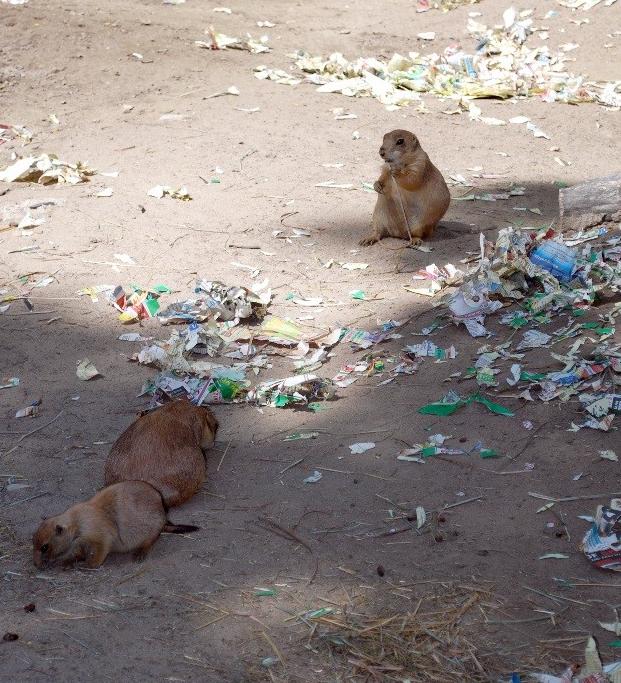
That’s a question guests pose often to Zoo staff when they see items they’re not expecting to see in an exhibit, such as a paper bag or cardboard box. While sometimes items do unintentionally find their ways into animal exhibits, the far more likely answer is “no, that is enrichment.”
So, what is enrichment?
You probably know already, you’ve just never heard it called that before! Enrichment is anything given to an animal to give them choice and to mentally and physically stimulate them. For example, if you own a dog or cat, you likely own some toys for them to play with. That’s enrichment! Enrichment at the Zoo is given to ensure our animals are exhibiting natural behaviors, to give them exercise, to keep them mentally engaged, and also to give them more choice in their environment. All of these things improve the animal’s well-being– so we consider it to be extremely important. Our enrichment program lists several different categories of enrichment and requirements for each species, based on what’s appropriate for them! Each species at the Zoo has number of times enrichment is given to them per day/week, an approved list of enrichment items, and a chart to keep track of it all!
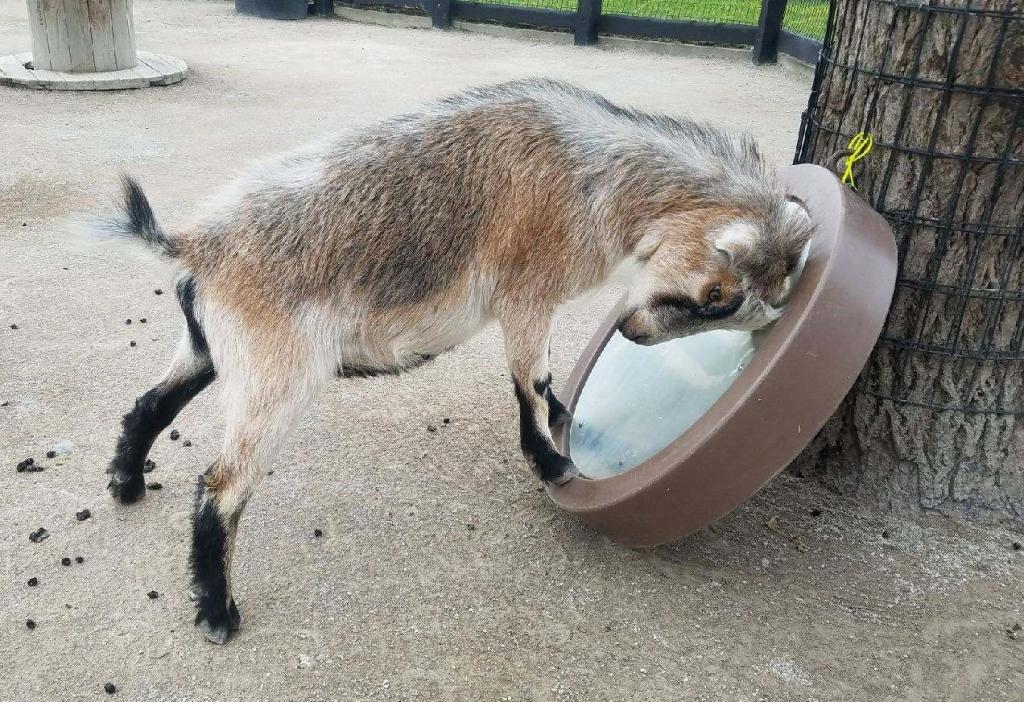
How a keeper chooses enrichment:
- They think of the behavioral goal they’d like to accomplish for the animal or group of animals.
- They choose the category of enrichment that would best help them achieve this goal.
- They get creative! What can they come up with that’s safe for the animal(s), but also achieves the behavioral goal?
Categories of enrichment:
Sensory – Anything that stimulates one or more of the animal’s senses: touch, hearing, smell, visual, taste. Things like: lights, bells, mirrors, perfumes/spices, etc.
Food/Foraging – Anything related to food or how the animal receives it, such as: new food items, hiding food in puzzle feeders or paper bags, changed food schedule, etc.
Manipulable Objects – Anything the animal can manipulate: boomer balls, plastic toys, frisbees, dog toys, paper products to shred, etc.
Training – Any training done with that animal
Social – Anything that brings out a social behavior: videos of other animals, animal introductions, rearrangement of social groupings, etc.
Environmental – Anything that changes the animal’s environment: adding a new texture, adding/removing rocks and logs, rearranging exhibit furniture, etc.
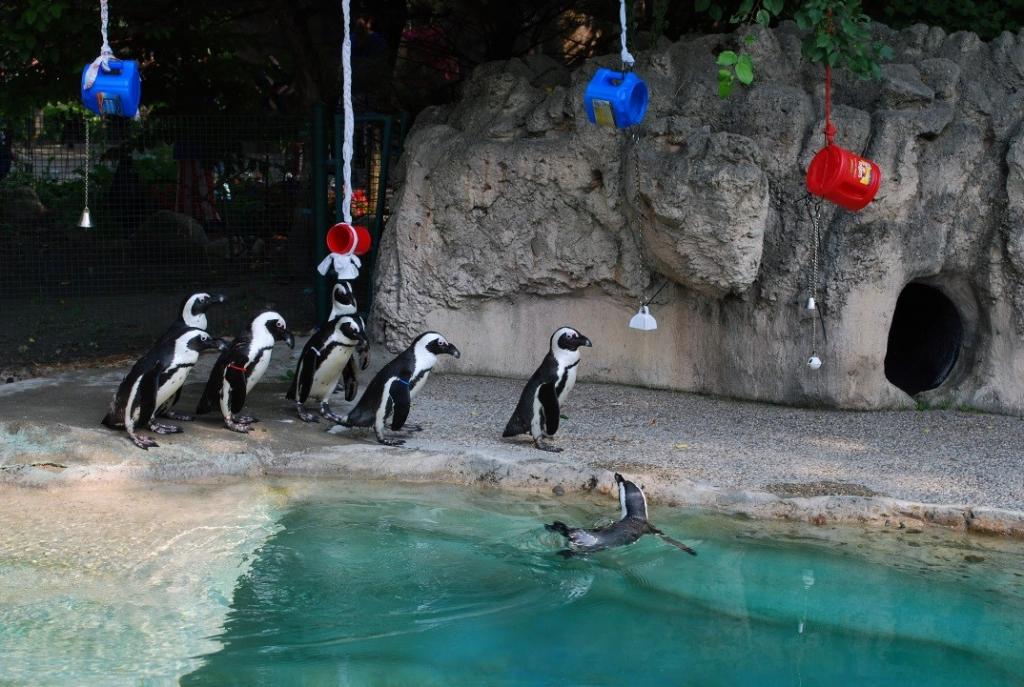
Ratings
It is important for our keepers to record if the animal interacted with the enrichment item in the intended way, or not. Each enrichment item given is for a reason. The keepers have goals in mind for every enrichment item, whether it is it increase natural behaviors, increase exercise, decrease unwanted behaviors, or something else. By recording if these goals were met, the keepers can get better at meeting the behavioral needs of our animals by tailoring an enrichment program to that animal. Enrichment doesn’t work if the animal completely ignores the item or it does not meet the intended goal! Our keepers must also keep in mind safety concerns and practicality. A ground-dwelling animal is not going to be enriched by its diet hanging high from a tree, because it won’t be able to reach the item to interact!
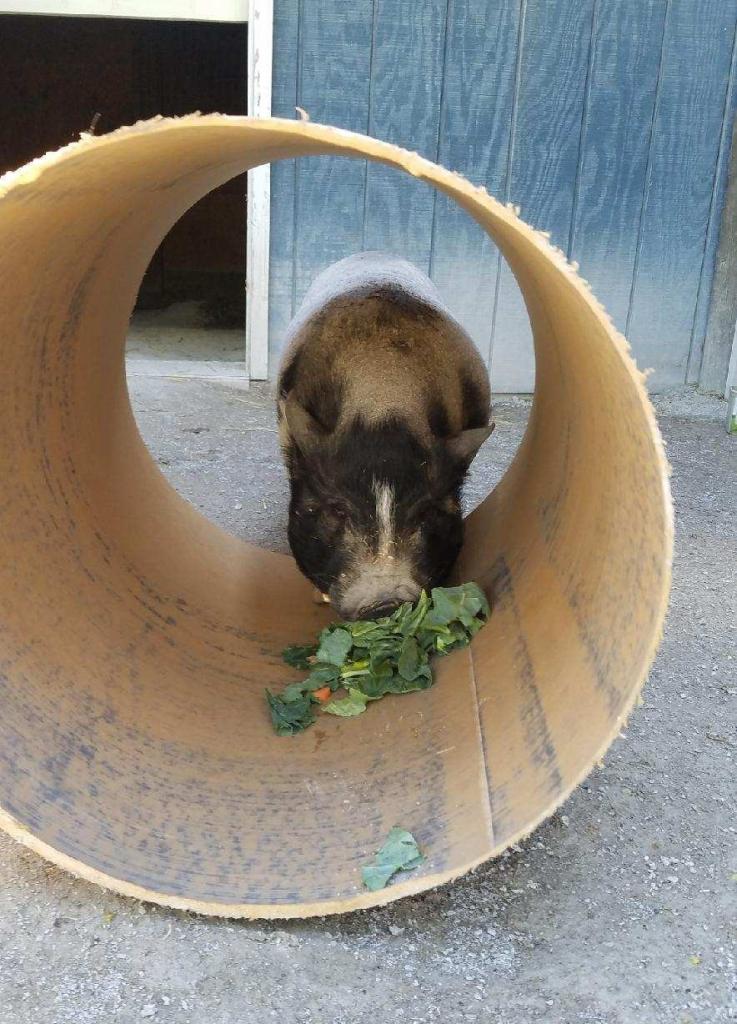
Safety Concerns
Animal and guest safety is our number one priority at the Zoo. When developing an enrichment item, our keepers must keep in mind the potential safety hazards that an enrichment item may possess. Some items may pose a toxicity or entanglement risk, while others may inadvertently enable the animal to exit its enclosure or lead to aggression within a group. Our keepers are very cognizant of the potential risks that enrichment can pose to animals, and each species has its own list of approved items that are safe for that animal. Our keepers are always coming up with new enrichment items for the animals that the animals love, but there is a specific process that keepers must follow to ensure that a new item is safe for all the animals receiving it. Enrichment has been scientifically proven to increase an animal’s well-being, and there is an almost non-existent risk of harm to the animals when following the protocols we have in place!
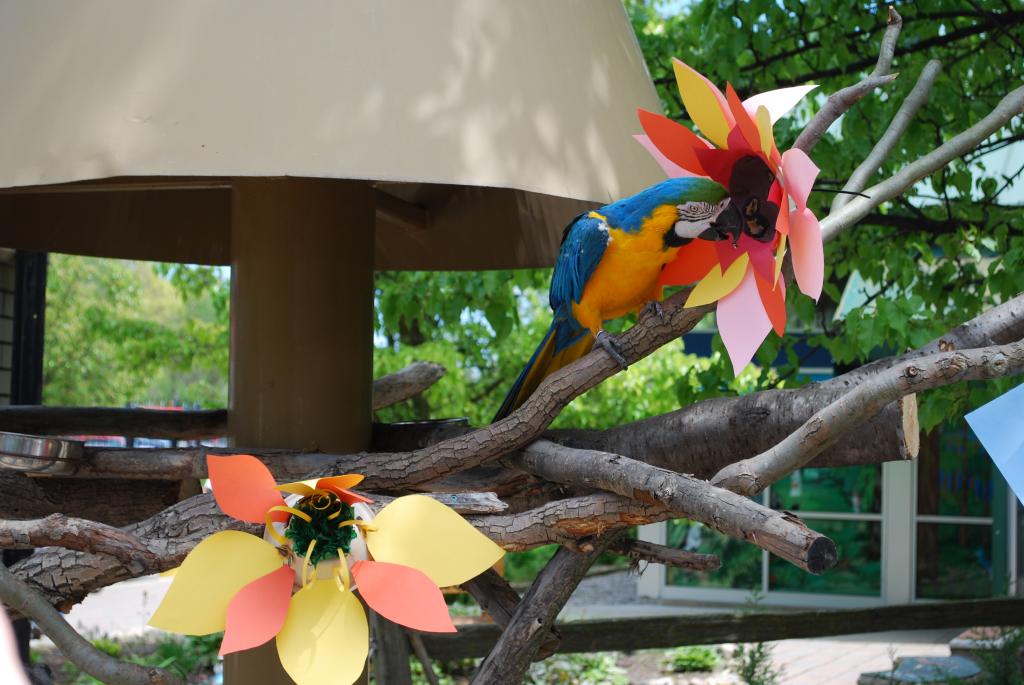
The enrichment program at our Zoo may be more complicated that it looks, but it’s definitely worth it to make sure our animals are as happy and healthy as possible. If you’d like to contribute to our enrichment program, click this link to see our Amazon wishlist and also a list of items that we accept as donations. As always, thank you for you continued support!
